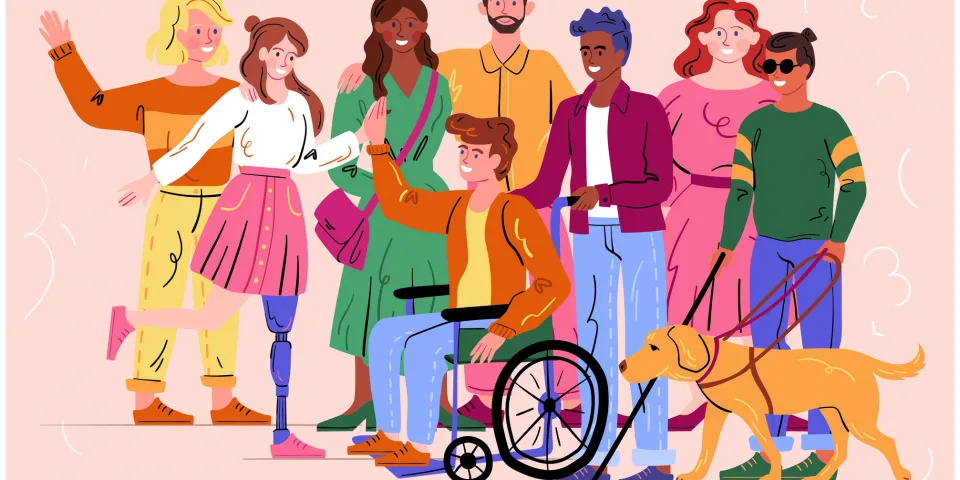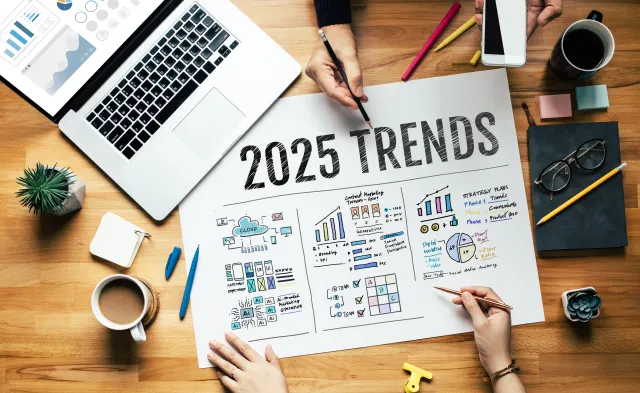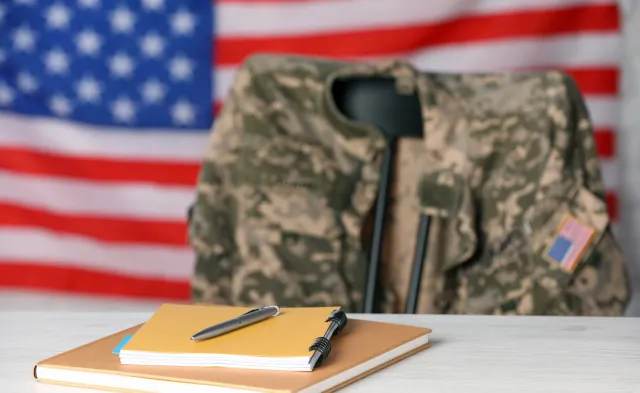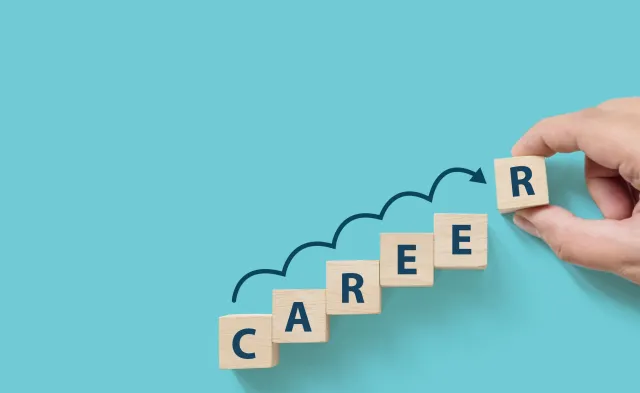Latest
Integrating Disabilities into the Diversity Conversation
Jun 30, 2021

It is vital for people with disabilities (both visible and invisible) to have full access to higher education and for an institution's staff, instructors and fellow students to understand their needs.
The Americans with Disabilities Act (ADA) mandates equal access to postsecondary institutions for qualified students with disabilities, including public universities, vocational schools, community colleges, and private institutions. Under ADA guidelines, schools are not allowed to:
- Ask to disclose whether you have a disability
- Deny admission based on your disability
- Exclude you from a class, program or activity based on your disability
In her latest T.R.U.E. Talk with Terri, “Integrating Disabilities into the Diversity Conversation,” Herzing Associate Vice President of Diversity, Equity and Inclusion Terri Howard focuses on what disabilities are and how students with disabilities can be supported. The T.R.U.E. (Time to Really Understand Everyone) series provides an opportunity to understand the different types of diversity and ask questions.
What is a disability?
There are many types of disabilities, not just physical impairments easy to see.
The Centers for Disease Control and Prevention defines disabilities as any condition of the body or mind that makes it more difficult for the person with the condition to do certain activities and interact with the world around them. This includes both visible disabilities such as mobility impairments and hidden ones such as psychosocial or emotional conditions.
Disabilities could affect:
- Vision
- Movement
- Thinking
- Remembering
- Learning
- Communicating
- Hearing
- Mental health
- Social relationships
Why are we talking about integrating disabilities into the diversity conversation?
A large part of the population – about 1 in 4 – have a disability, according to the Centers for Disease Control and Prevention.
One major problem is that a disability is often framed as a condition or technical problem that needs to be solved rather than an identity that ought to be recognized and celebrated.
“Disabilities and people with disabilities are continuing to evolve as an identity group. Sometimes I feel that it is much like what we experienced with race and ethnicity ten years ago,” Howard said. “They would say, ‘I don't see color,’ ‘I don't see race’ when the reality is, we need to not only acknowledge disabilities, but we need to embrace them and celebrate them.”
How can we better understand people with disabilities?
Even if we don’t have a disability, we need to make sure we understand as much as possible what someone with a disability might have to deal with daily.
Howard described a couple of situations in which someone who has no problem going up and down staircases might view those same steps differently:
- Imagine you spent the day at a disability awareness course and now realize how stairs can be an obstacle to a person in a wheelchair. When you climb steps later that day, you will look at them differently. You might wonder where the wheelchair ramp is and if the building is inaccessible to wheelchair users.
- One day you climbed the steps when they were slippery and sprained your ankle. After a few days of recovery, you are faced with taking the steps again. You are anxious and nervously approach the steps, taking them one at a time.
The set of steps has not changed, yet how you perceive them has changed. It is important to try looking at people and situations from a new perspective.
How do we encourage folks to take advantage of the disability services that we have at Herzing?
There's still some stigma attached to the idea of living with a disability. Herzing strives to avoid this stigmatization. The school aims to increase the visibility and availability of disability services for students and prospective students.
Herzing has examined its physical facilities to improve access for students as well as provide academic accommodations for students who need accommodations for a wide variety of reasons. Herzing works with clinical partners to ensure full access for students in those environments, to make sure they get the specific support that they need to graduate.
How much personal disability information is disclosed to the faculty and staff?
It's always up to an individual's discretion whether they wish to share their personal information with a faculty member or staff member. If you believe that you need additional accommodations based on your situation, you can reach out to faculty or staff to work with you.
We are careful with student health information as it relates to disabilities. At Herzing, once you go through the process for requesting accommodations, that information is only reviewed by the academic dean at your campus (who is the local ADA coordinator) and then by the University’s Central ADA coordinator. Individuals have complete agency over self-identifying.
How can faculty and staff support disabled students without having them feel like they're being called out?
Herzing encourages faculty and staff to individualize any accommodations for a student.
All accommodations should be made on a case-by-case basis. Professionals should have personalized conversations with a student about what's going to best meet their needs. This is all a great first step in terms of not only accommodating but also celebrating people with disabilities.
Future of the Disability Discourse
There is still work to do in making sure conversations about disability are positive and inclusive.
“We have for too long prioritized the ‘normal body’ or ‘normal mind’ and at the end of the day, higher education will be defined by who it excludes,” Howard explains in the video. “There is no such thing as “normal” since everyone is unique. We can do the work to include and celebrate our differences and at Herzing, we've chosen to.”
“Do not believe in stereotypes. Open your eyes to the world around you and see what's going on. Question what you see and stop making assumptions,” Howard said. “Finally, think of this as an opportunity to think positively. If you are prepared to see the positive in all that is around you, then positive is what you will see.”
Learn More About Our Career Programs
Bureau of Labor Statistics (BLS), U.S. Department of Labor, Occupational Employment and Wage Statistics 2023 / Occupational Outlook Handbook 2022. BLS estimates do not represent entry-level wages and/or salaries. Multiple factors, including prior experience, age, geography market in which you want to work and degree field, will affect career outcomes and earnings. Herzing neither represents that its graduates will earn the average salaries calculated by BLS for a particular job nor guarantees that graduation from its program will result in a job, promotion, salary increase or other career growth.
Latest
Recent Blog Posts
Subscribe to our Newsletter
Get the latest news you need to know, from study hacks to interview tips to career advancement. Have it delivered right to your inbox biweekly.








